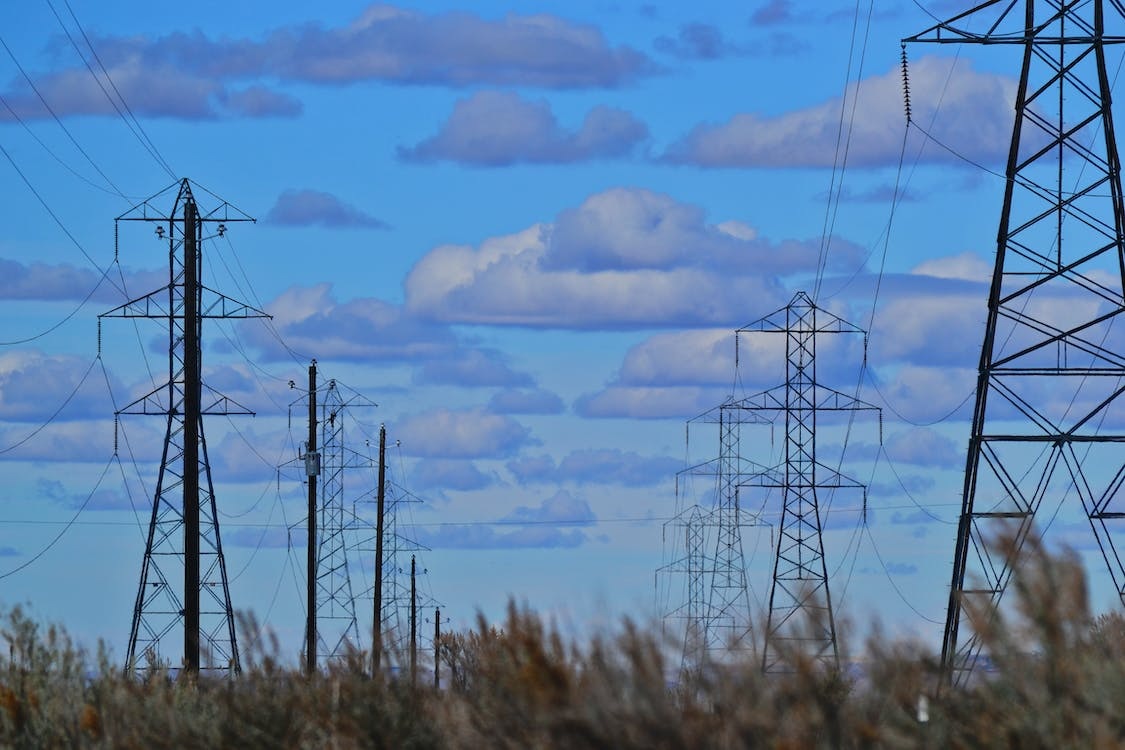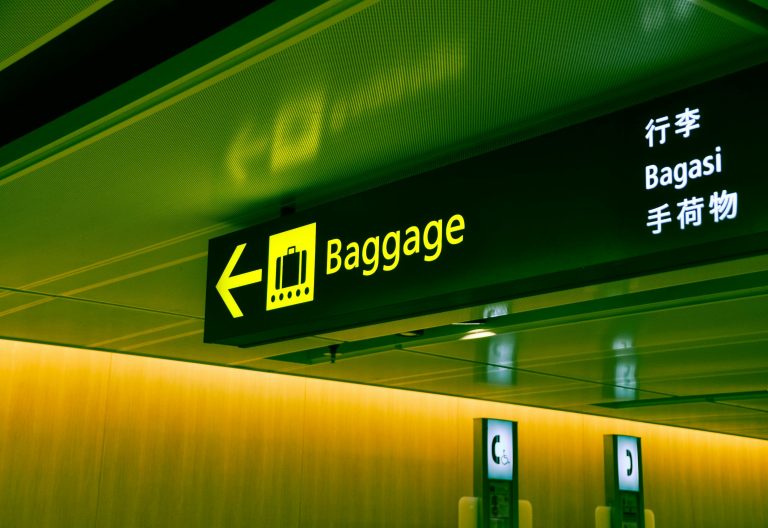Why consumers are increasing appetite for off-grid electricity

The growing shift from use of electricity from the national grid by heavy consumers appears far from slowing down as many entities join the bandwagon, citing high power bills and unreliability.
For instance, London Distillers Kenya (LDKK Ltd plans to shift its power intake to solar to minimise electricity expenditure.
It is in talks with UK firm, SolarCentury for solar energy storage technology that will see the brewer cut dependence on the national grid by 80 per cent.
Kiambu County Government also intends to install solar lighting systems to save on electricity bills amounting to Sh1.7 billion yearly with Governor Kimani Wamatangi saying the county gets a monthly electricity bill of Sh142 million and it could soon reach Sh200 million a month due to rising power tariffs.
“The county government will now invest in solar energy and I have issued a directive that all new street lighting projects be solar-oriented to save on the money,” he said. As for Winnie Ngumi, managing director and CEO of Space and Style, a leading manufacturer and distributor of innovative building products, the inconsistency in electricity combined with the high cost of electricity made her shift to Liquefied Petroleum Gas (LPG).
She notes that energy is one of the biggest cost inputs in production and if note managed well can be the biggest burden when it comes to cost of production.
“Manufacturing is the largest consumer of electricity in Kenya but sadly we have outages and quality issues when it comes to consistencies,” Winnie explains.
Inconsistent grid power
Her company which specialises in creating roofing materials requires a high and stable supply of electricity and solely relying on inconsistent grid power cannot help matters. After proper research and getting the right consultants to build requisite infrastructure, Winnie switched to gas, though the company still retains an automated line.
“The decision to incorporate LPG was specific because we have PLCs that require stable electricity with fixed settings hence that will be affected by any disruptions or disturbance that would come from fluctuations. We wanted to safeguard the quality of the product to deal with blackouts hence we redesigned our line to allow it to use LPG,” explains Winnie. Winnie says the decision was a bold one since designing the piping system and the storage was a whole new concept. She, however, found engineers who were skilled in LPG and brought them from as far as Dubai to assist her with it.
“Together with the Koreans who supplied our line, we designed our LPG line from where it will be stored, to how it will be transported and piped to the factories and the controls and safety around it,” she explains. Although the cost of LPG has been going up that of electricity has been higher. The company also has some of the lines on electricity and when there is no power, it has a back-up generator though the cost of diesel too is going up.
“LPG is consistent, stable and we don’t have an issue with quality. Even if it’s used to contribute to 30 per cent of your power, it’s still better than relying 100 per cent on electricity,” says Winnie.
She notes that top manufacturing countries have a stable policy and investment environments together with abundant power capacity. “A focus on building quality and quantity of supply will encourage the expansion of manufacturing more than a focus based only on reduction of electricity tariffs,” Winnie adds. When it comes to gas as a source of energy, the Space and Style boss believes that with the opening of more LPG lines, the price of gas will be lower.












